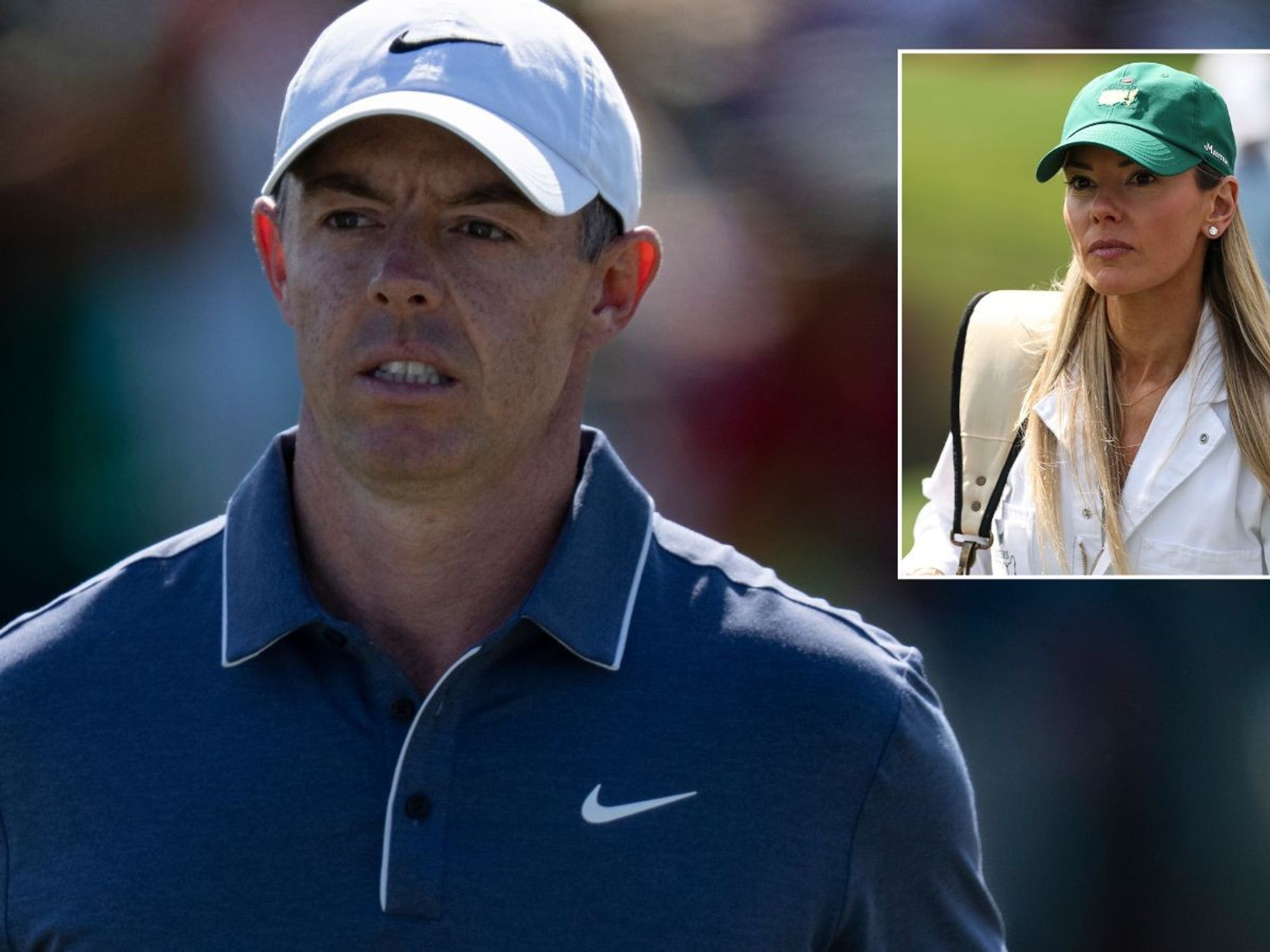Sara Sharif’s fractured neck and hand bones shown to jurors at murder trial
SURREY POLICE
An expert pathologist at the trial has suggested that starvation could be a ‘candidate’ for causes of bone marrow abnormalities
Don't Miss
Most Read
A bone marrow disease found in Sara Sharif’s hands could have been caused by “starvation”, a court heard.
Injuries to Sara’s wrist and neck bones were shown in court on the fourth day of the 10-year-old girl’s murder trial.
Professor Anthony Freemont, an osteoarticular pathologist who specialises in bone and joint diseases, gave evidence at the Old Bailey.
The court heard that he was approached by Surrey Police as part of the overall post-mortem examination of Sara Sharif.
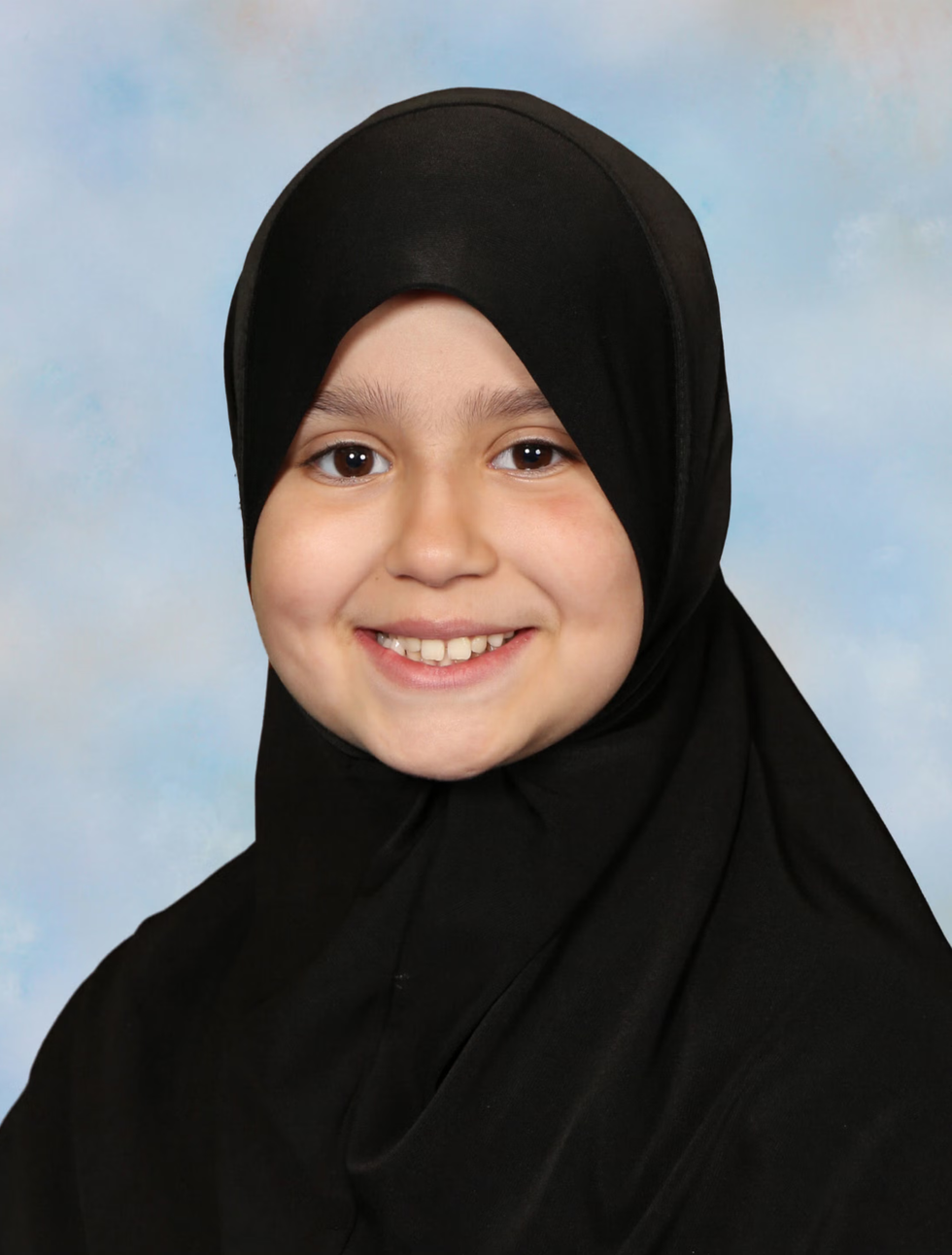 Sara Sharif’s fractured neck and hand bones shown to jurors at murder trial SURREY POLICE
Sara Sharif’s fractured neck and hand bones shown to jurors at murder trial SURREY POLICEAfter a CT scan and X-rays were conducted, Prof Freemont assessed bone specimens of Sara’s left hand and her hyoid bone, a small, U-shaped bone at the top of the neck which is designed to help with swallowing and talking. It is not attached to any other bone directly.
The court was shown an X-ray image of Sara’s left hand, which displayed “bony abnormalities” at the bases of her index and little fingers and the capitate bone, which is in the wrist.
Prof Freemont, an emeritus professor at Manchester University, pointed to a fracture to Sara’s capitate.
He said that the finger injuries were “rather more subtle”.
Pointing to small gaps, Prof Freemont outlined where injuries had extended into the growth plate of the bone.
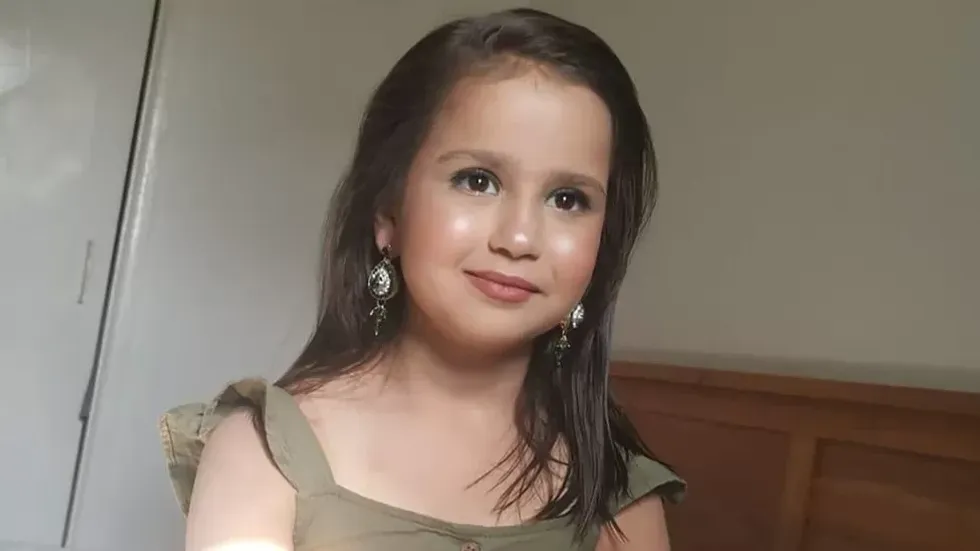 A forensic pathologist has found at least 70 ‘new’ injuries on Sara Sharif's bodySurrey Police
A forensic pathologist has found at least 70 ‘new’ injuries on Sara Sharif's bodySurrey PoliceHe said there were fractures in those fingers, “with two little cracks on her index finger”.
Jurors heard that Sara’s bone marrow was “abnormal,” had a “bluey tinge” to it and was “lacking structure or shape”.
Following special tests, he said there was a disorder called gelatinous transformation of the bone marrow, known as GTBM.
He said that the two fractures to the fingers had occurred 12 to 18 days before death.
Prof Freemont said that he was able to date the injuries because of the healing process.
He could not establish if the injuries had occurred at the same time or two separate injuries that had occurred at any time over that six-day window.
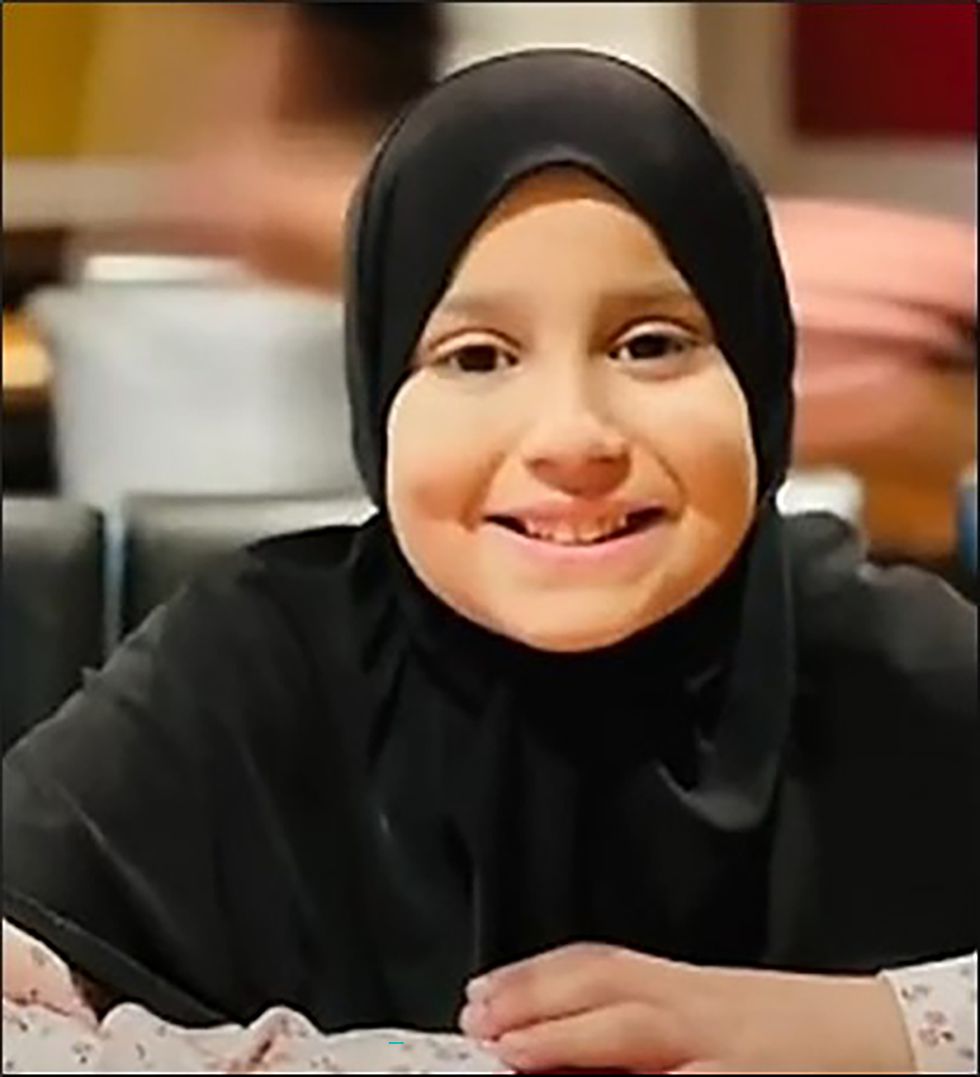 Sara SharifPA/Surrey Police
Sara SharifPA/Surrey PoliceA gap in the surface on her cartilage of her capitate bone was shown by another scan, with the cartilage appearing white demonstrating, he said, that it had started to form cartilage as part of the healing process.
Freemont said that this showed the fracture was 12-18 days old, the same age as the other two fractures in the hand.
He said it was an “unusual injury” often caused by falling onto the outstretched hand. An isolated fracture of the capitate, he said, was “very rare.”
He gave another potential cause of the injury: a direct blow to the wrist.
Returning the court’s attention to the fractures in the injury, Prof Freemont said they are seen “relatively frequently” and they are often caused by stretching or “pulling the fingers apart laterally.”
The professor said the hyoid fracture in the throat is “found to be fractured in about 25 per cent of cases where there has been compression of the neck”.
He added: “The most common cause of these types of fractures is manual strangulation.”
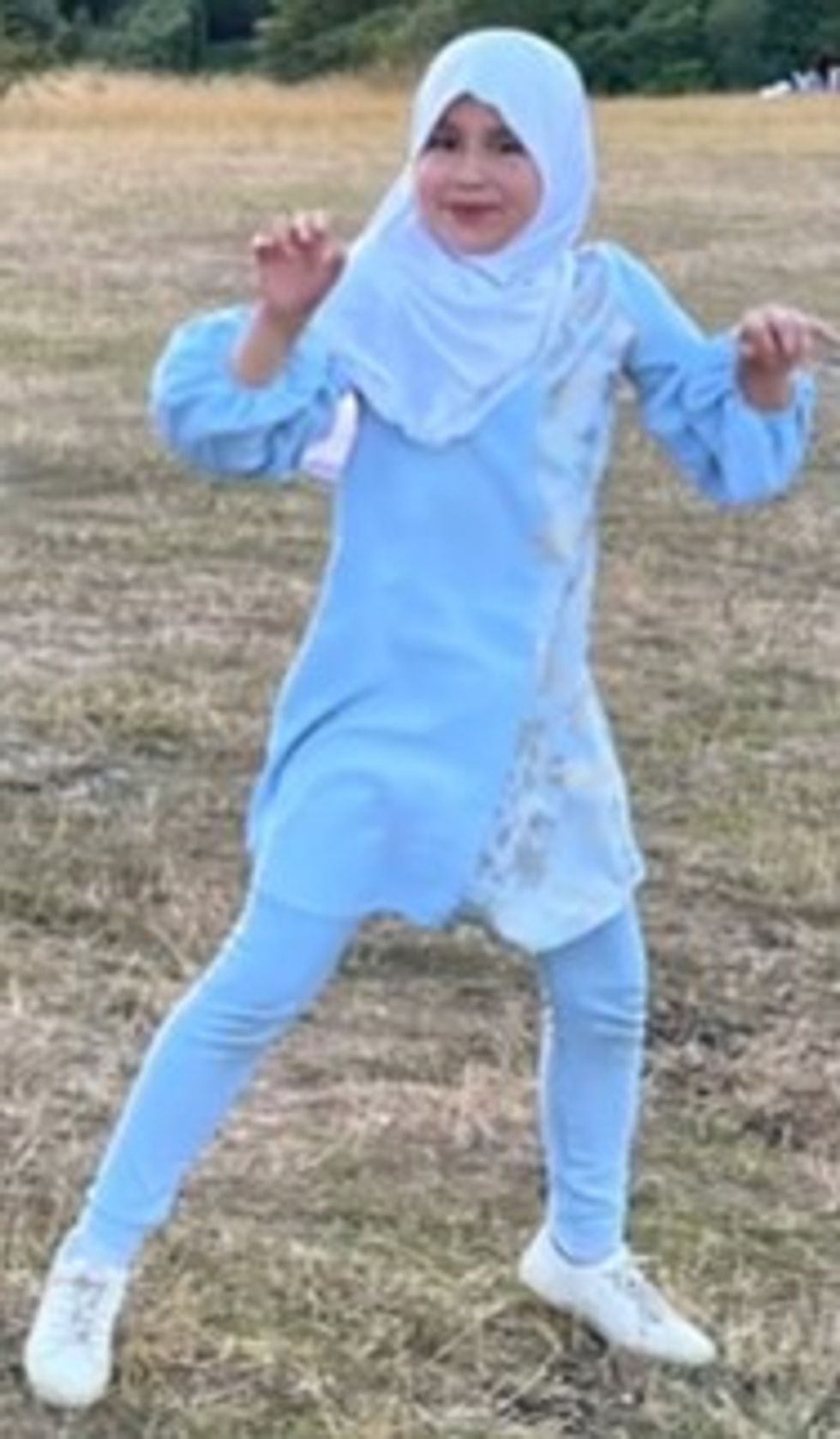 Sara Sharif's body was found under a blanket in a bunk bed at her home in WokingPA/Surrey Police
Sara Sharif's body was found under a blanket in a bunk bed at her home in WokingPA/Surrey PoliceJurors were also shown an X-ray of Sara’s hyoid bone, where Prof Freemont said he found a “big bit of bone sticking out,” where her bone should have been smooth.
“There is also a line running through here in black, and those are fracture lines.”
He said that this indicated that the new bone that was “sticking out” was caused by a fracture to the hyoid.
The professor said the fracture was six to 12 weeks old.
He was able to rule out osteoporosis and rickets.
Returning to the GTBM, jurors heard that the transformation had three common causes: “infection … a bone marrow disease, and starvation or rapid removal of all food.”
Prof Freemont said he ruled out infection, and the disease, but said that starvation was a candidate, but could not say for sure that it caused it.
He said the fractures were highly likely “non-accidental” injuries due to the different ages of different injuries in her bones.
He added that the presence of GTBM could tell us something about what Sara was eating in the days before her death.
When you take all of these pieces of information together and say what possible causes, he asked the court “how could you get 29 different fractures of different bones scattered around the body? This could only be a non-accidental injury”.
The defendants have pleaded not guilty to Sara’s murder and to causing or allowing the death of a child between Dec 16 2022 and Aug 9 2023.
The trial continues.





